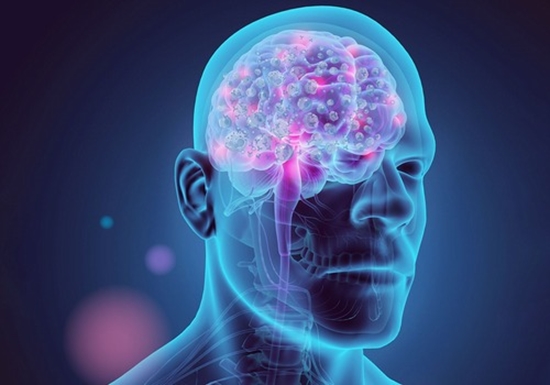Possible Neuropathological Mechanisms Underlying the Increased Complexity of Brain Electrical Activity in Schizophrenia: A Computational Study

Objective: Schizophrenia is a complex neurodevelopmental illness that is associated with different deficits in the cerebral cortex and neural networks, resulting in irregularity of brain waves. Various neuropathological hypotheses have been proposed for this irregularity that we intend to examine in this computational study.
Method: We used a mathematical model of a neuronal population based on cellular automata to examine two hypotheses about the neuropathology of schizophrenia: first, reducing neuronal stimulation thresholds to increase neuronal excitability; and second, increasing the percentage of excitatory neurons and decreasing the percentage of inhibitory neurons to increase the excitation to inhibition ratio in the neuronal population. Then, we compare the complexity of the output signals produced by the model in both cases with real healthy resting-state electroencephalogram (EEG) signals using the Lempel-Ziv complexity measure and see if these changes alter (increase or decrease) the complexity of the neuronal population dynamics.
Results: By lowering the neuronal stimulation threshold (i.e., the first hypothesis), no significant change in the pattern and amplitude of the network complexity was observed, and the model complexity was very similar to the complexity of real EEG signals (P > 0.05). However, increasing the excitation to inhibition ratio (i.e., the second hypothesis) led to significant changes in the complexity pattern of the designed network (P < 0.05). More interestingly, in this case, the complexity of the output signals of the model increased significantly compared to real healthy EEGs (P = 0.002) and the model output of the unchanged condition (P = 0.028) and the first hypothesis (P = 0.001).
Conclusion: Our computational model suggests that imbalances in the excitation to inhibition ratio in the neural network are probably the source of abnormal neuronal firing patterns and thus the cause of increased complexity of brain electrical activity in schizophrenia.







ارسال نظر